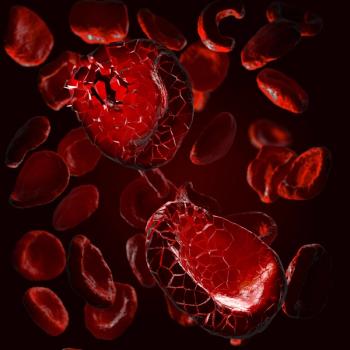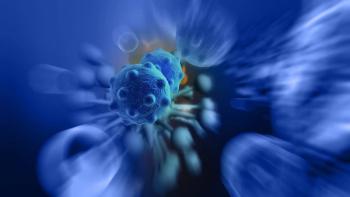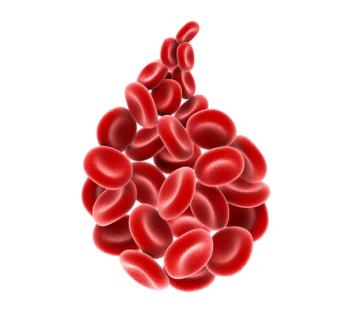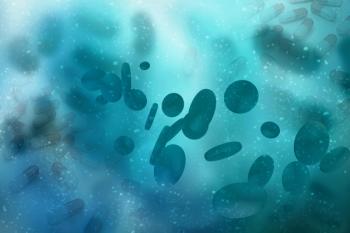
Oncology NEWS International
- Oncology NEWS International Vol 9 No 8
- Volume 9
- Issue 8
Scientists Identify Gene Mutations in Multiple Myeloma
NEW YORK-Researchers at the Joan and Sanford I. Weill Medical College of Cornell University have identified a collection of distinct chromosome translocations associated with monoclonal gammopathy of undetermined significance (MGUS), a benign preclinical phase of multiple myeloma.
NEW YORKResearchers at the Joan and Sanford I. Weill Medical College of Cornell University have identified a collection of distinct chromosome translocations associated with monoclonal gammopathy of undetermined significance (MGUS), a benign preclinical phase of multiple myeloma.
It appears that there are at least four distinct molecular types of multiple myeloma, each with a different translocation, Roy Silverstein, MD, chief, Division of Hematology Oncology, said at a media briefing.
The four different kinds of multiple myeloma look different molecularly. They act differently in vitro, and they act differently in patients, he said. So the disease we used to call multiple myeloma has now been solved molecularly, and weve discovered its not just one disease; its probably at least four diseases.
P. Leif Bergsagel, MD, head of the team investigating the MGUS mutations, said that the aim is to better understand the molecular pathogenesis of multiple myeloma, a uniformly fatal plasma cell neoplasm that accounts for 10,000 deaths a year in the United States.
Dr. Bergsagel, associate professor of medicine, and his colleagues have identified three frequent chromosome translocation partners in multiple myelomacyclin D1, fibroblast growth factor receptor 3 (FGFR3), and c-mafeach of which occurs in 20% to 25% of cases. Several other infrequent translocations have been found as well.
These translocations occur at immunoglobulin heavy chain IgH switch regions and activate critical oncogenes, setting off the chain of events of tumorigenesis, Dr. Bergsagel said. He and his colleagues are working to develop a model system to study the effects of interfering with these critical events.
Such work will lead to rational drug design based on the molecular biology of specific tumors, Dr. Silverstein said. We are close to a major threshold in cancer therapeutics, he commented.
Articles in this issue
over 25 years ago
Single-Agent Herceptin Active in Metastatic Breast Cancerover 25 years ago
Brain Metastases Respond to Paclitaxel, Carboplatin, and Brain RTover 25 years ago
Herceptin/Vinorelbine Promising in Metastatic Breast CancerNewsletter
Stay up to date on recent advances in the multidisciplinary approach to cancer.
































































































